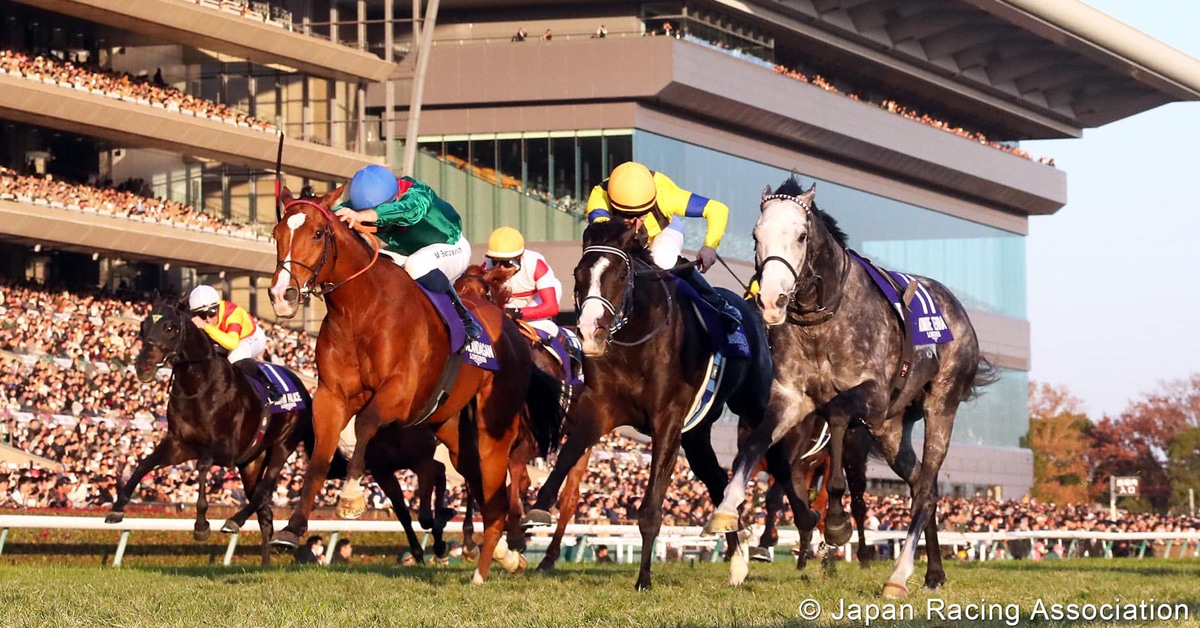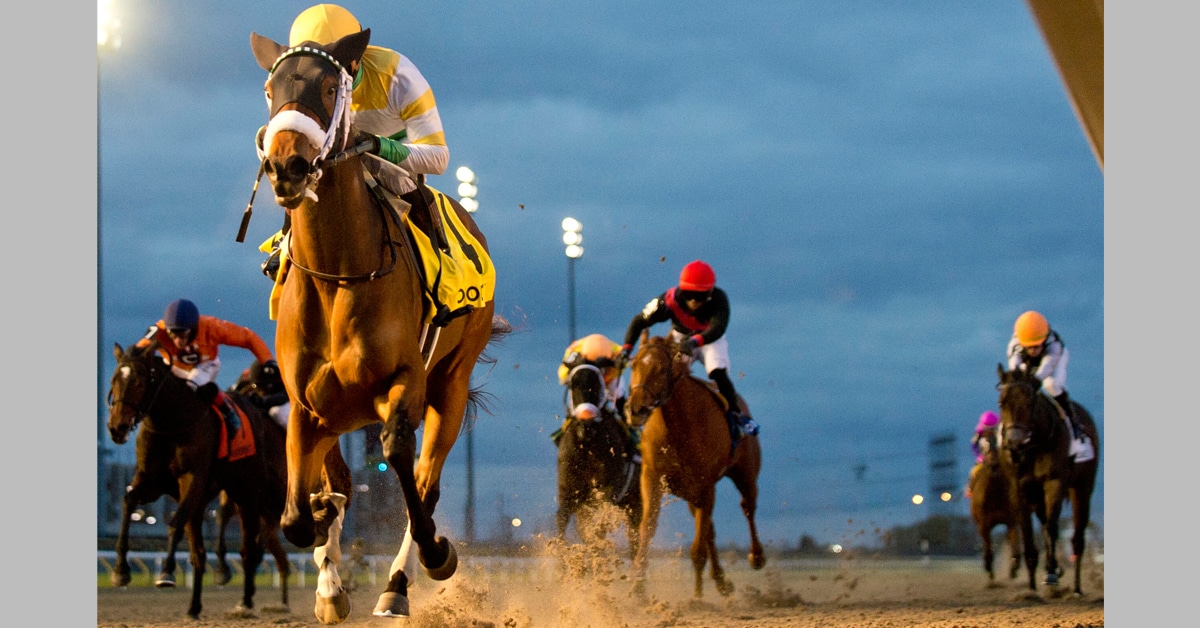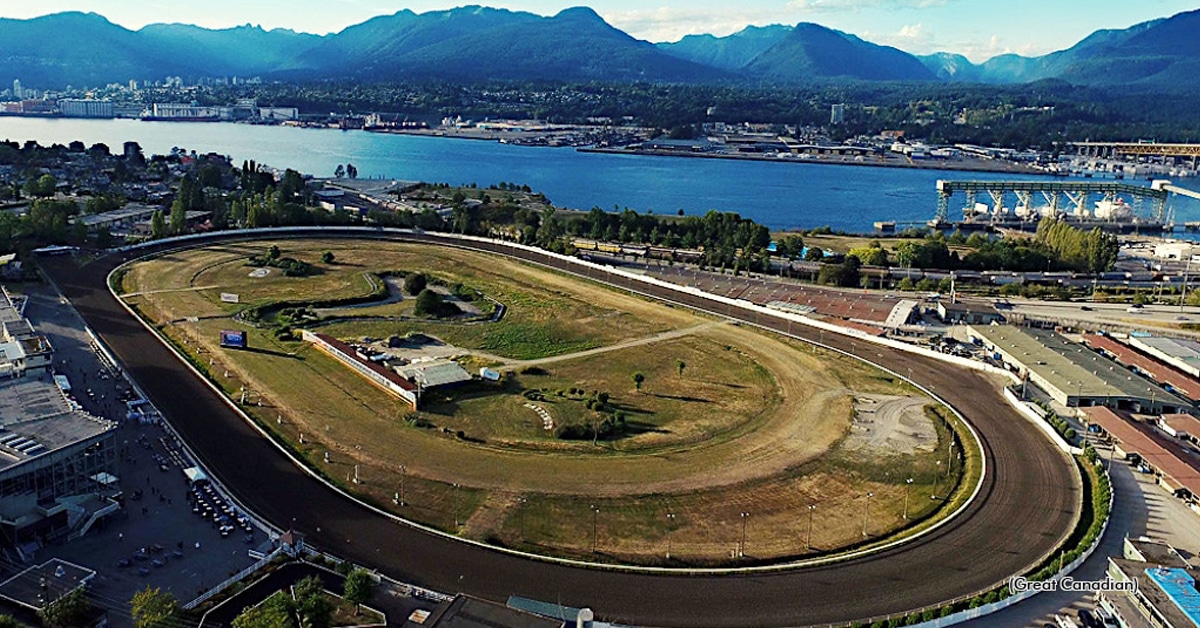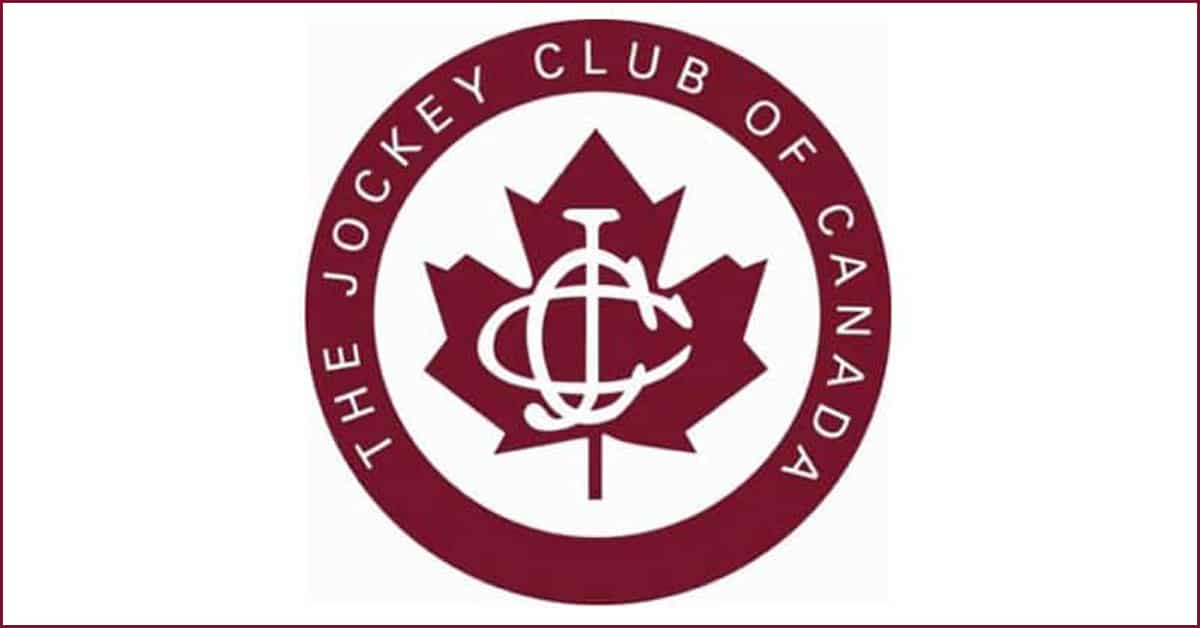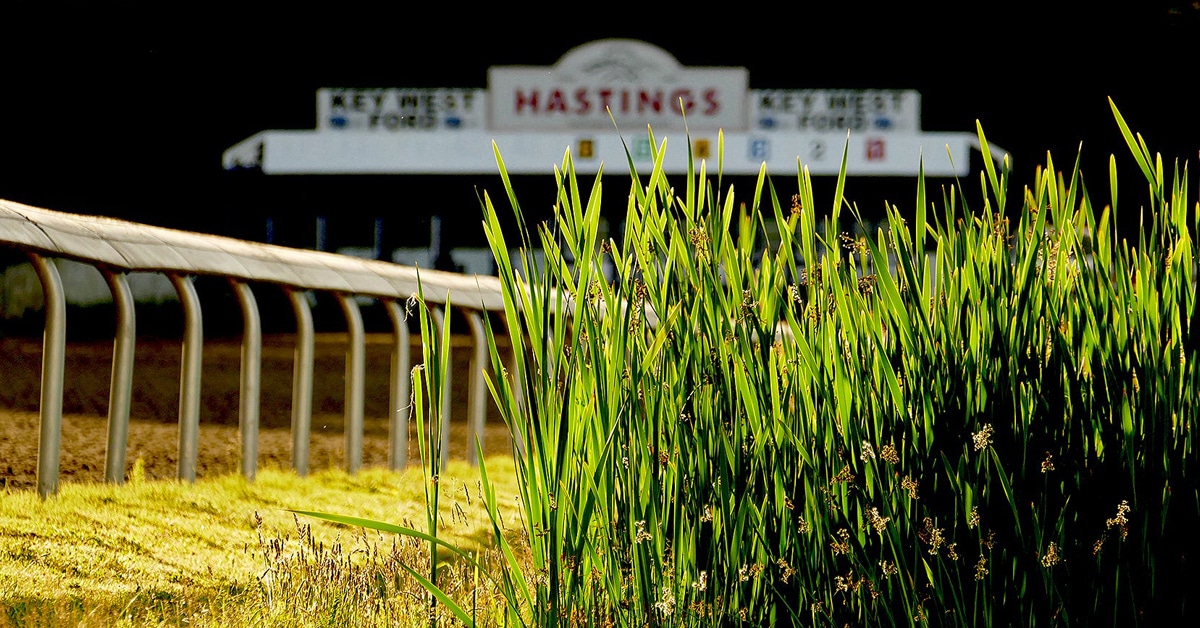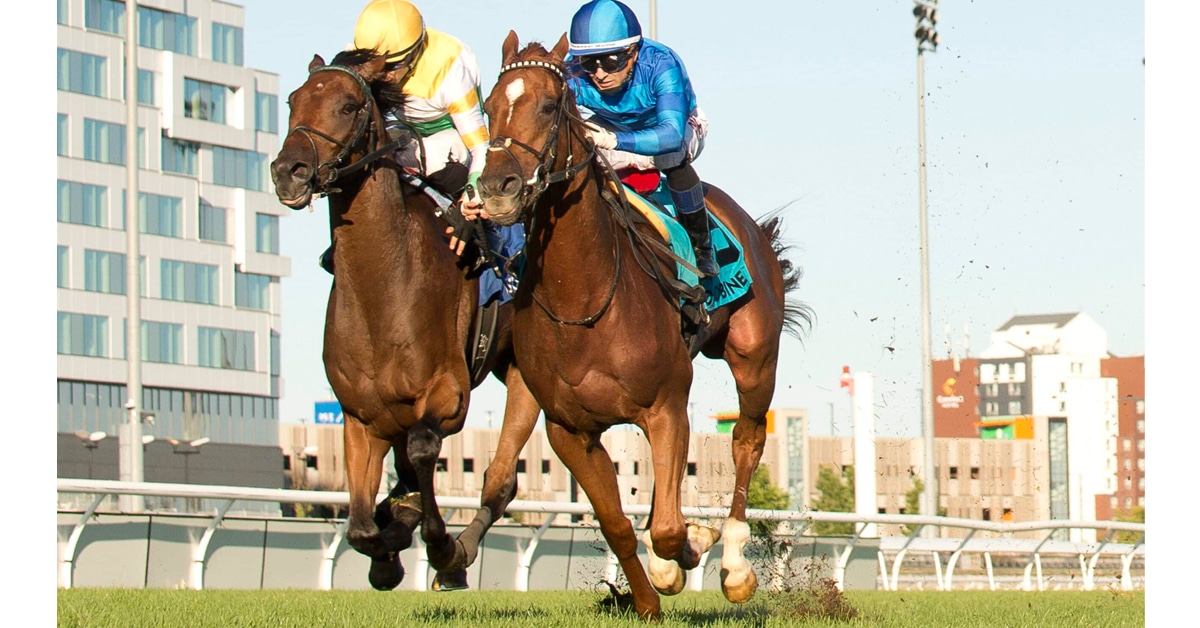The King’s Plate is North America’s longest continually-run stakes race and edition 165 runs today, Friday, August 23. By now, everyone knows the $1 million race for Canadian-bred three-year-olds was washed out last Saturday much to the disappointment of thousands. As the total amount of rain in southern Ontario reaches the 500 mm mark this summer, one wonders what changes in weather are still to come, but let’s leave that to the meteorologists.
Horse racing has withstood all kinds of barriers. That includes the Plate.
In 1909, a bill that was introduced in the House of Commons, the ‘Miller Bill’, sought to ‘curtail the evils of racetrack gambling’ and in essence, end horse racing. It was not until April of 1910 when the bill was defeated. But by then, bookmakers at the track had been shuffled out and the new French pari-mutuel betting system was brought in. The 1910 Plate, the 51st running, went on as planned, May 24, but without bookmakers and crowds around the pari-mutuels, fans had a hard time placing a bet.

Incredibly, the King’s Plate was the ONLY Thoroughbred race run in Canada in 1918 as the war in Europe raged on. The Ontario Jockey Club appealed for the race to continue on and it was run during the Toronto Hunt Club’s Open Air Horse Show, with proceeds going to the Red Cross. There was no wagering.
In 1931, torrential rain and cold temperatures led to the smallest crowd in years and racing was already in a downward spiral. Stables were holding dispersals and wagering plummeted.
At the start of WWII, horse racing in Ontario was still under duress. There was a horsemen’s strike in the spring and government pressure to halt racing as it was “putting strain on resources needed elsewhere” (The Plate, 2009).
The 1946 running was held after several days of heavy rain and the track “looked like a Mississippi swamp”. But some 36,000 fans stood in the rain to watch Kingarvie gallop to victory by six lengths at 50 cents on the dollar.
When ‘New’ Woodbine opened in 1956, the giant track built by E.P. Taylor, no one was sure how it would be greeted. That first year the new track held the 97th Plate on June 16, but there wasn’t a liquor license for the track yet and it was a very hot day.
There were many years in the ’70s, ’80s and ’90s that the Woodbine dirt track got so much rain the surface was more like a soupy and slippery swamp. Steady Growth won the 1979 Plate on a mess of a track, but the colt almost didn’t run. Trainer John Tammaro threatened to scratch the colt as he believed the track maintenance crew did not work on the track enough. The surface had not been squeezed of the water and he did not want to risk injury to Kinghaven Farms’ colt.
In 2006, a mutuel clerk strike hit the Plate hard – wagering dropped sharply and there was no royal representative in attendance – but the race went on. (A mutuel clerk strike had also threatened to cancel the Breeders’ Cup World Championships at Woodbine in the fall of 1996, the biggest racing day in the world, but OJC president David Willmot stood firm and staved off the strike).
One of the most daunting times in Plate history, at least in the modern day, was in 2012 when then-Woodbine president Nick Eaves made that well-remembered announcement at the Plate post position draw. He said that that year’s running could be the last as the sudden end to the slots-at-racetracks partnership program, formed about a decade earlier, threatened to decimate horse racing in Ontario. Certainly the Ontario government, as well as those in charge at Woodbine and tracks in the province, made critical errors leading up to the end of the slots program.
And who can forget the 2020 racing season (and to a lesser extent 2021) when the COVID pandemic hit the world and was close to wiping out horse racing indefinitely? Woodbine Entertainment CEO Jim Lawson and HBPA Ontario’s president Sue Leslie spent long hours in talks with the the province while awaiting news that the virus had flatlined. Finally, racing was allowed to start some two months later than usual, the Plate was moved from the end of June to the end of August and there were no fans allowed. Mighty Heart won that year’s Plate in track record time.
It comes as no surprise that the cancellation of eight races on August 17, including the Plate, was at first met with confusion, even anger. Some 16 years after its first ‘all weather’ surface had been put in, Woodbine has been a leader in horse safety. The facts say all-weather tracks are safer for horses. Woodbine can race in the bitter cold, the sizzling heat and all the different climates in between.
But the heavy rain that fell in a short time on Plate day last week was too much for the Tapeta to handle. It wasn’t draining fast enough. Certainly, if it was 30 years ago or more, the race would have likely been run. And perhaps the race could have been run after a long delay while the track was worked on.
Unfortunately, we live in a much sterner world where every word and every action is scrutinized. Racehorse breakdowns in the US in 2023 threatened the sport. Any injury to a horse today is one too many, but with social media dictating how the world thinks and reacts, any track incident threatens a sport that is 253 years old in Canada. In addition, horses are much more delicate today, the breed has weakened substantially. And true horsemanship is beginning to disappear from track workers, trainers and riders.
So the 165th Plate will be run today on what will be a perfect day; a fast track and a sunny and warm day. There will be less fanfare and less wagering, but the winner will collect a big prize and have a chance at the Canadian Triple Crown. Could the Plate have been run last weekend? Perhaps. The good news is, the historic race continues today.
More News

